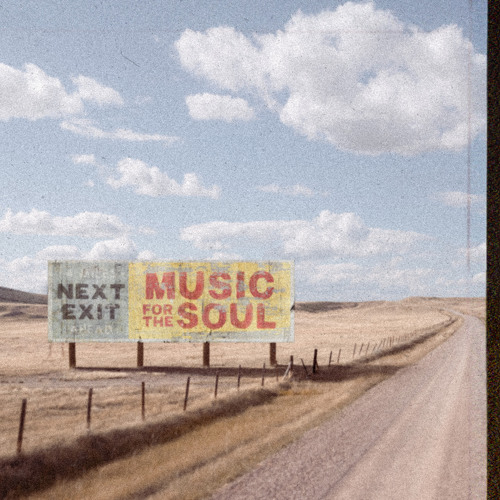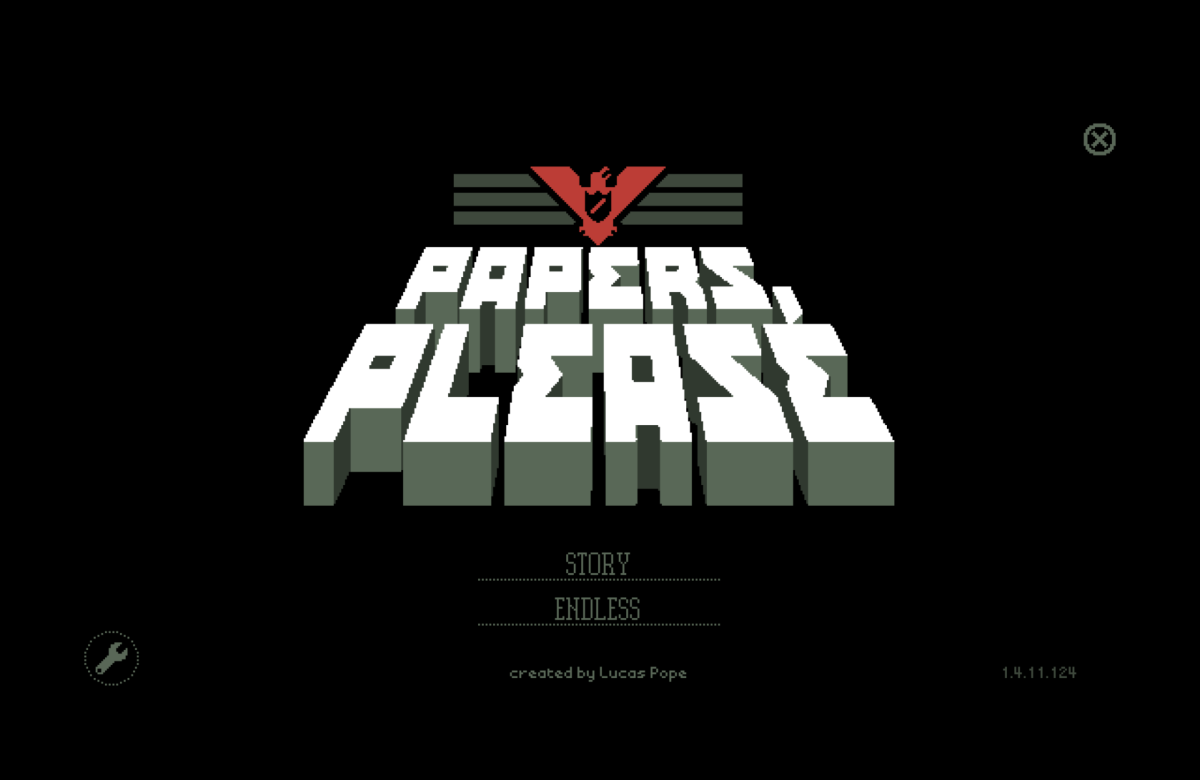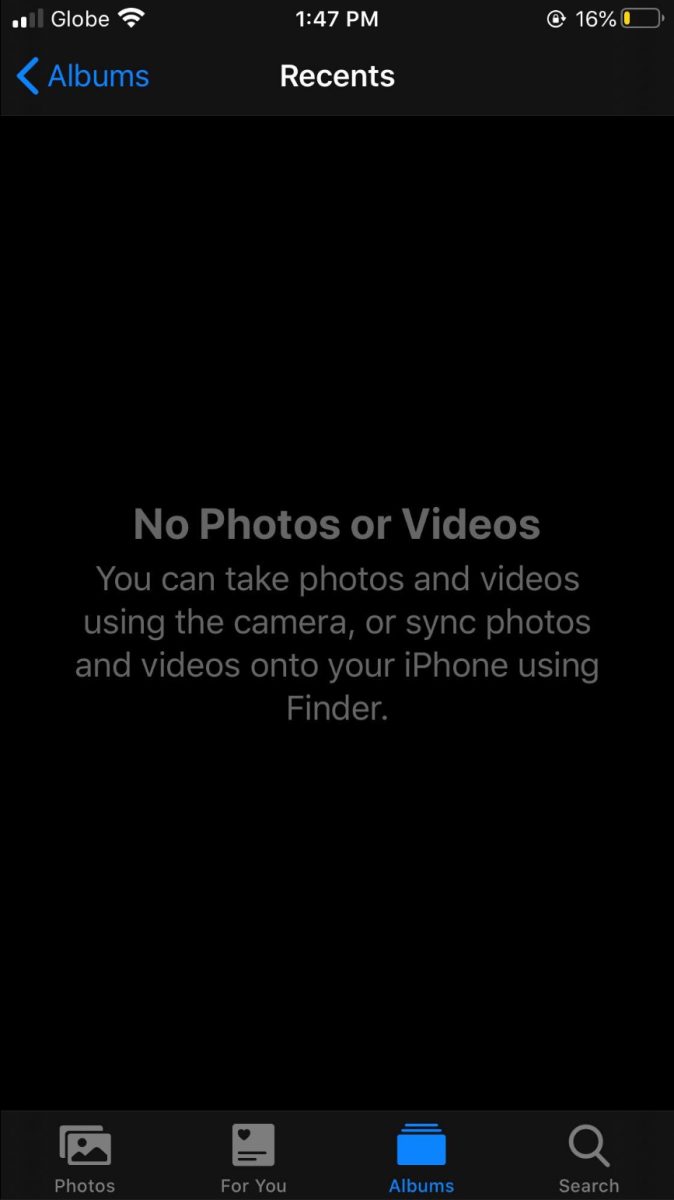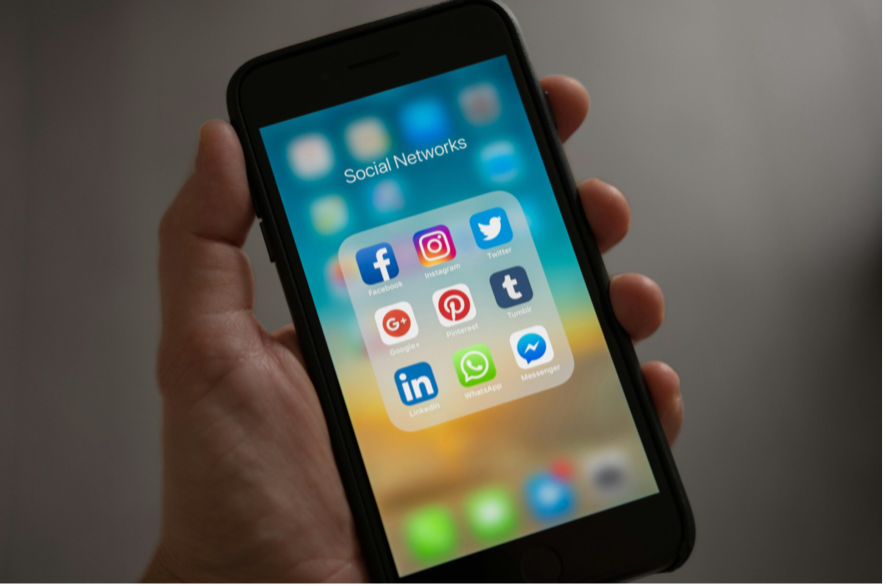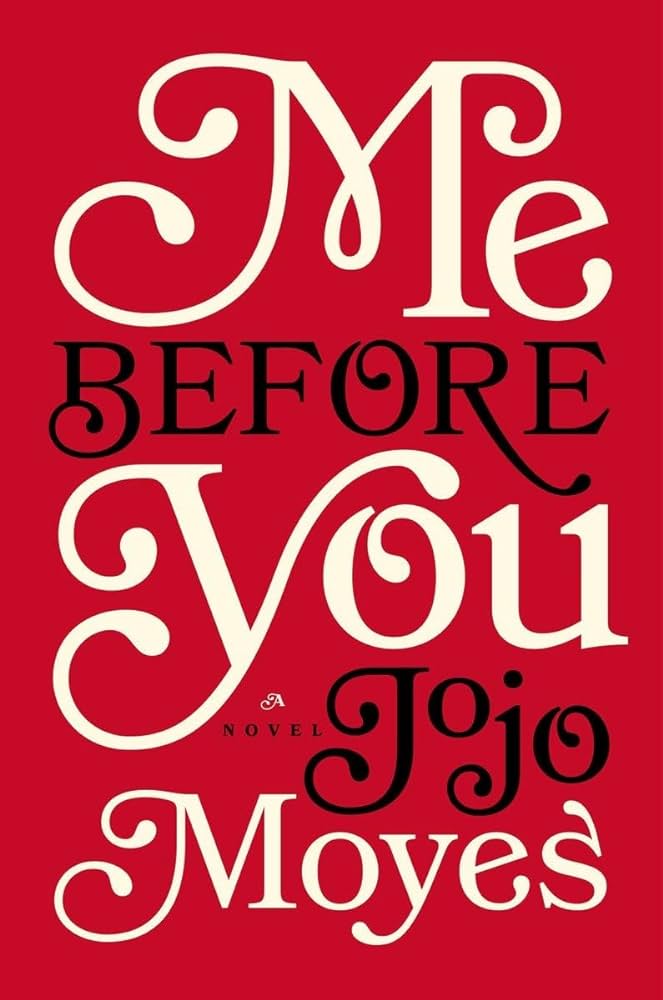The Walt Disney Company has set the standard for media entertainment for generations. Many of us have fond memories of sitting at home or with a friend, getting popcorn and a much-needed drink, and watching a classic Disney movie.
However, Disney might have a slight problem. Since 2020, the company’s bread and butter—movies—have been losing favor. Critics claim that Disney is losing their competitive edge, and their influential reputation is starting to deteriorate. Are these rumors warranted? Do the numbers back up the claims? If so, is there a way for Disney to get back on its pedestal? Let’s take a closer look.
First, we need to look at the facts. The best way to see these is through data; if Disney is losing its edge, their sales should support these claims. I have compiled a graph showing the difference between recent Disney movie budgets, box office sales, and reviews (from 2020 through 2025), compared to older Disney movies (1994 through 2007) to see how the numbers holds up.
Before I reveal this data, I must explain a couple terms first. First, what is the box office and how important is it in regard to movies?
In film, the box office refers to the total amount of ticket sales a movie makes. Most film executives wish to break even at the box office, which is when a movie’s total revenue equals or exceeds the amount needed to make the production. Breaking even allows for less financial stress to be put onto the directors and heads of production. Roughtly half he revenue generated from the box office goes towards the actors, writers, directors, and others who participated in film production.
The box office also gives a general idea for how successful or unsuccessful a movie is. Now, some movies transfer to streaming platforms after they have been in theaters for a time. Still, but Ryan Scott, a television and films journalist, said, “The movies that benefit the most are ones that are on the borderline from ticket sales alone.”
If a film can break even at the box office that leaves a lot of room for opportunity. These movies can go on to have sequels with quantitative proof that viewers want to see those stories again. This can be more complicated with the inclusion of Netflix or Disney+ muddying the numbers. Nonetheless, the box office serves as an important tool for tracking the success of a film.
In addition to box office revenue, I used three different reviewing sites during my research process: Rotten Tomatoes, the popcornmeter, and IMDb. Rotten Tomatoes is one of the most popular of the reviewing sites, but how does it work? How about the popcornmeter? Well, Rotten Tomatoes and the popcornmeter both operate under the same website but count as different types of reviews. Rotten Tomatoes’ scores based on collective reviews from TV/film critics, while the popcornmeter aggregates ratings from fans. For Rotten Tomatoes and the popcornmeter, the movie needs to get above a score of 60% or a 3.5 for the film to be considered good. Anything lower than that means the film is bad. Rotten Tomatoes will deem a film that gets over a 75% tomato score with five reviews from top film critics “certified fresh.” IMDb ratings are very straight forward, giving the film or show a number out of ten and taking only registered IMDb users into consideration.
With these clarifications out of the way, here’s the data. The first two graphs are for Disney movies from 2020 (on the bottom) to 2025 (on the top). Graph 1 shows box office sales and their budgets and Graph 2 shows reviews.


The first graph shows that the budget for Disney films is increasing slightly, yet the profits aren’t increasing in tandem. This is a clear sign that Disney movies are barely breaking even at the box now. Surprisingly, the movies that proved the most successful were sequels to popular films such as Inside Out 2, and Mufasa: The Lion King, both films which had relatively lower budgets yet gained more profit. This is very unconventional as sequels are generally viewed as “cheap cash grabs” among the Disney community and are disliked by many.
In the second graph, the ratings vary throughout the three sites. It appears that most of the overly critical reviews come from IMDb, with the Snow White remake receiving the harshest reviews of them all. Even with positive reviews, these films still ended up bringing little revenue at the box office. It’s hard to say whether the use of online streaming services factored in this or if people simply changed their mind after a rewatch, but it does pose interesting questions.
For further insight, here are two other graphs that show Disney movies from 1994 (on the bottom) to 2007 (on the top), sharing similar data from Graph 1, tracking box office sales, budgets, and reviews. The 1900s through the 2000s are usually regarded as some of Disney’s best years for creative projects, so let’s compare how these movies did during the box office compared to the projects that have been pushed out lately.


The older Disney movies have much smaller budgets compared to the higher budgets that newer Disney films are getting, yet the older movies consistently broke even during their time in the box office. On top of breaking even, the reviews for these movies consistently hit higher marks, especially in IMDb where the reviews for movies now are extremely critical. While most of the films made recently are barely reaching 80% or 90% by critics, older films are reaching those numbers in almost every review.
Purely by the numbers, it does seem like Disney is losing its edge and starting a downwards trajectory. The reputation for newer movies differs drastically from classic, well-received movies. However, this difference becomes more obvious with their performance at the box office: new Disney movies simply are not gaining as much as they’re putting in.
We’ve seen the qualitative data but what about opinions from actual fans?
While evolution is a normal process for many industries, Disney seems to be changing significantly. The love of the craft seems to have faded; every new product seems like a cheap attempt to gain a buck, and the creativity that once captivated the audience is going dull. Danielle Croom, a writer for BVNW News, explains, “The noticeable absence of originality, replaced by a handful of sequels and remakes that dilute the exclusive spark that defines Disney.”
Similarly, fans also dislike Disney’s live action remakes of old animated classics. Many fans feel like those styles of movies turns others away because they are the most obvious form of a “cash grab.”
Jeni Nance, a staff writer for The Review, says, “Disney was always so known for their original content and soundtrack. They don’t have the same charm and it’s very off-putting.” Further, Nance claims that “there is no magic left” at Disney.
The main critique from fans is the lack of original content, with sequels and live action overpowering Disney’s resources. The creative spark that had been Disney’s trademark is no longer there. It’s safe to say, Disney will start to drive more and more of their fans away if they continue down this path.
So, is Disney losing its reputational edge? Well, with the data collected it sure seems so. However, does that mean Disney can’t make a comeback? Of course not, it’s Disney we’re talking about! If Disney listens to their fans and starts creating and promoting original content, crafted with time and care, I’m sure it’s possible for the company to gain back its fans.
However, Disney, like all businesses, is mainly focused on making a profit. It might be hard for the company to truly listen if they’re stuck on what they think consumers want. But, if Disney doesn’t start listening and understanding their consumers, they’re in for more disappointment at the next box office opening.

